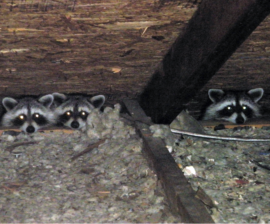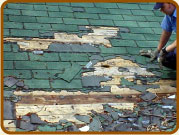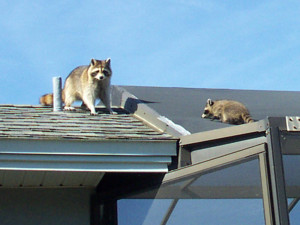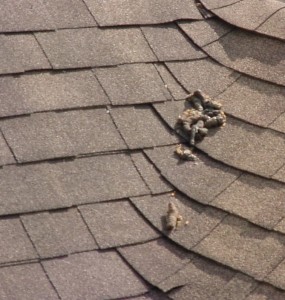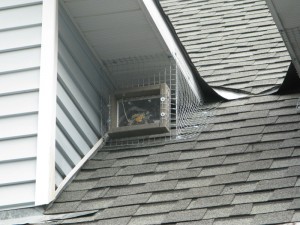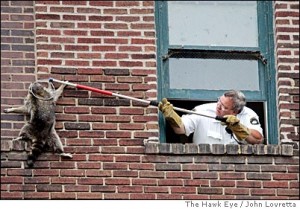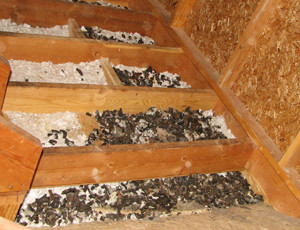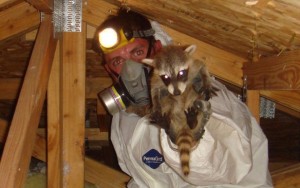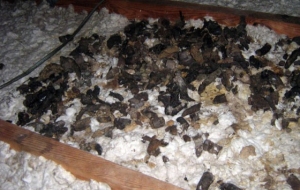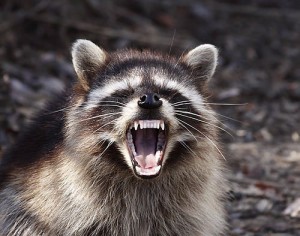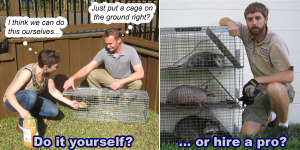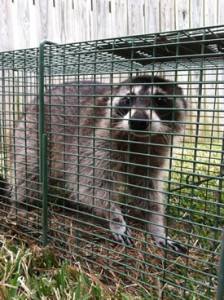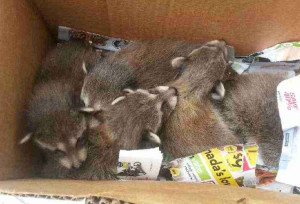 These little guys look so cute, but the reality of a raccoon den in my attic meant that they were doing lots of damage to the insulation, to the soffits and to my roof. We tried several solutions to get rid of them all to no avail. Trapping, loud noises, moth balls etc just do not work. You need to do a couple of things right in order to get them out and keep them out. You want these baby raccoons out and you want to make sure that no other raccoons can set up home in your attic. In addition, all of this should be accomplished in a humane manner. We will cover both solutions.
These little guys look so cute, but the reality of a raccoon den in my attic meant that they were doing lots of damage to the insulation, to the soffits and to my roof. We tried several solutions to get rid of them all to no avail. Trapping, loud noises, moth balls etc just do not work. You need to do a couple of things right in order to get them out and keep them out. You want these baby raccoons out and you want to make sure that no other raccoons can set up home in your attic. In addition, all of this should be accomplished in a humane manner. We will cover both solutions.
Raccoon Den in my Attic Help
First if there are no babies in your attic, act quickly by installing a one way trap door over the entrance and block all other potential entrances. You want them to be able to get out and not back in. Once they are out, replace the trap door with a heavy gauge wire mesh to keep them permanently out of your attic.
In my case the raccoon den in my attic involved babies and I had no choice to wait until they could travel on their own. Once they were coming out of the den at night we employed the same one way trap door to keep them from getting back in. If they cannot get out on their own and you cannot reach them to remove them, then you just have to wait or the adults will literally tear your roof apart to rescue them causing a lot more damage. While this is frustrating, it is the best approach.
If you do decide to go into the attic to capture the babies, make sure the adults are out and also wear a protective mask to avoid breathing anything that could harm your lungs etc. Raccoon feces carry very infectious worms which can exist for a long time in your attic and can cause a lot of serious health issues. We have written other articles on this site that discuss this issue.
Good luck and follow the one way trap door approach to get rid of them permanently!

